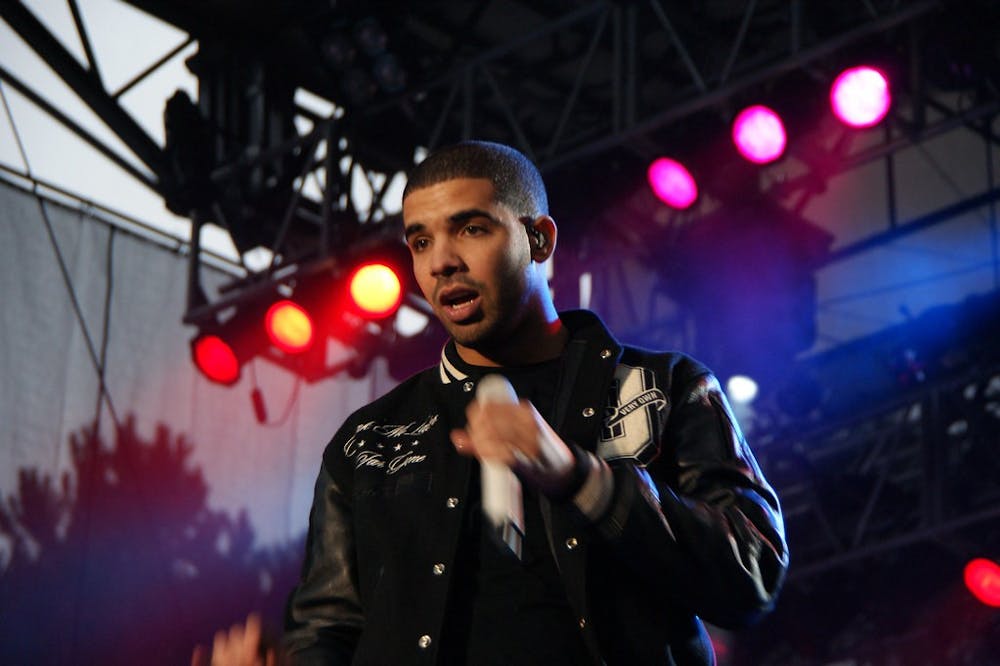At the recent Sunday Night Live Orientation event at Richardson Auditorium, a particularly discontent group of students sat in front of me. They chatted throughout Saturday Night Live (SNL) cast member Mikey Day’s performance, jeered when he requested audience interaction, and ignored fellow audience members asking them to be quiet.
This got me thinking about the relationship between artists and spectators. The spectator expects the artist to create a world for them to enter and inhabit. If the spectator dislikes this world, they view their dissatisfaction as a result of the artist’s failure as opposed to a matter of taste or an off day. At the same time, however, art can indeed fail to demonstrate creativity, empathy, and thoughtfulness.
One way to try to make sense of this tension is to consider art’s relationship to our society. While artistic endeavors can be experimental and cutting-edge, they cannot exist wholly independently of the world we live in. They can replicate the same systemic injustices that shape our daily lives. This replication often passes without critical analysis, which creates a problematic dynamic — one that Drake and Lil Baby’s song “Girls Want Girls” embodies.
Coverage of “Girls Want Girls” has focused on the bizarre nature of its lyrics. To open the song, Drake raps its chorus: “Starin’ at your dress ’cause it’s see-through / Yeah, talkin’ all the shit that you done been through / Yeah, say that you a lesbian, girl, me too / Ayy, girls want girls where I'm from.”
From the beginning, the song’s female protagonist is sexualized and objectified: she exists to be gazed upon by the male protagonist. While it is implied that she has been through a lot emotionally and mentally, we do not actually know her story. Her body — not her character or life experience — is what matters to the song’s male protagonist.
The artists use the female protagonist’s sexuality to enhance her sex appeal. Drake’s lyrics draw on a long history of fetishizing lesbian and women-loving women (WLW) relationships: the woman’s apparent disinterest in men makes her more — not less — attractive.
Lil Baby confirms this idea when he raps, “I can't wait to get off work to go and see you / Please bring your girlfriend along with you.” Both artists frame sexual relationships between women as existing for the pleasure of heterosexual men.
“Girls Want Girls” also frames the sexuality of those who are lesbian and WLW as inherently invalid: the “right man” can convince a lesbian to enter a relationship with him because her sexuality was never legitimate in the first place. Drake conveys this when he raps, “Ayy, and you throwin’ on that dress ’cause it’s see-through / Yeah, talkin’ all the shit that you done been through / Yeah, textin’ me and say, ‘I need to see you.’”

The female protagonist has clearly become attached to the song’s male protagonist: she dresses provocatively for him and depends on him emotionally. After all, she was not a lesbian — she only needed to meet a man with sufficient status.
“Girls Want Girls” uses lesbian and WLW women as props for heterosexual fantasies, and thus harmfully normalizes the already-rampant sexualization, fetishization, and belittlement of LGBTQ+ people. When making art, artists have a responsibility to be considerate of their subjects and refrain from using, abusing, and co-opting the stories of communities they have no sincere interest in understanding. As consumers of art, we all have a responsibility to engage critically with the ramifications of inaccurate representations as well.









